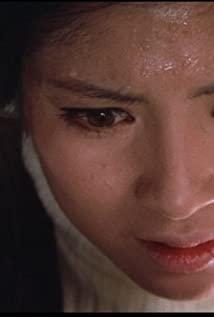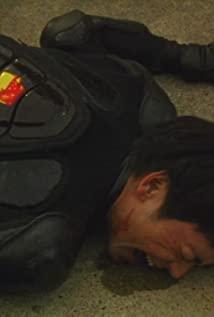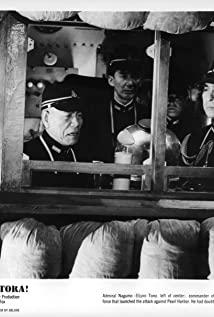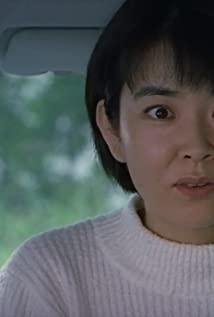From the beginning of the sander, I was inexplicably obsessed with the wandering of the two people. In the whole scene with only background music, long shots followed the wandering footsteps. Even if the sand machine is a mystery film, I only remember such a fragment, there is a kind of sad wandering feeling, not exiling myself, but fleeing from exile, this may be a willing but reluctant journey is a journey A journey without end.
From the very beginning, the fetters of the red thread have never been untied. With a walking corpse but with a soul of love, Zuo Hezi’s staggering steps brought Matsumoto down several times and then climbed up, as if to show that Matsumoto was not afraid of anything. The obstruction, just to take Zuohezi forward.
The interlude method tells the cause and effect, the close-up of the still life has a strong metaphor, the rendering of the seasons makes people unable to ignore, and the method is so naked and straightforward that people like me who only know how to see but not understand can find clues.
The story of the whole film has no reason and no result. It seems to explain everything, but it is always taken in one stroke. Through the story composed of fragments, everything needs to be guessed and imagined by oneself.
Having said that, Yamamoto Yohji's clothes really make me sigh. Matsumoto and Sawako wear different costumes every time they appear. Although Yamamoto Yohji's design is mainly black and white, the bright colors on Sawako's body also amaze me. Yohji Yamamoto's clothing perfectly integrates the entire Japanese culture and the tone of the movie. The superb cotton and linen texture seems to be integrated with nature, and the eclectic structure also fits the meaning of wandering.
View more about Dolls reviews











